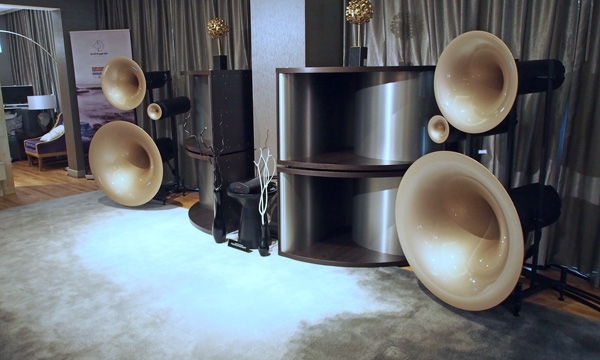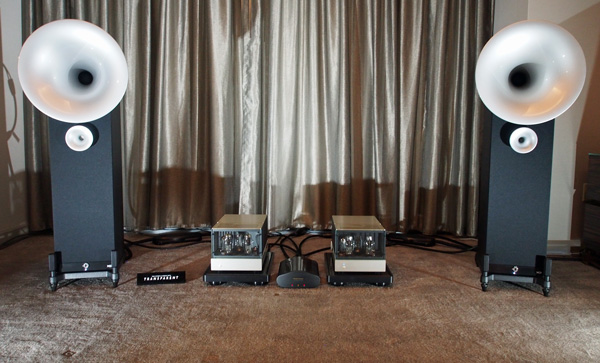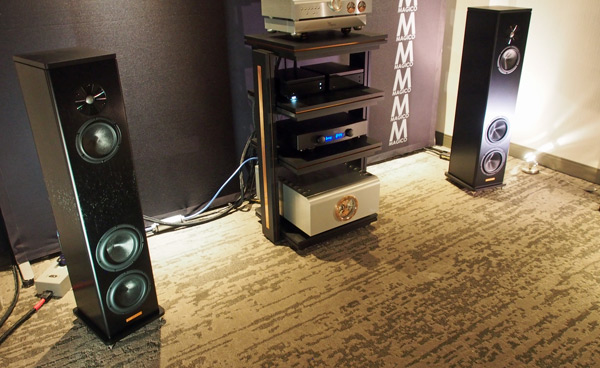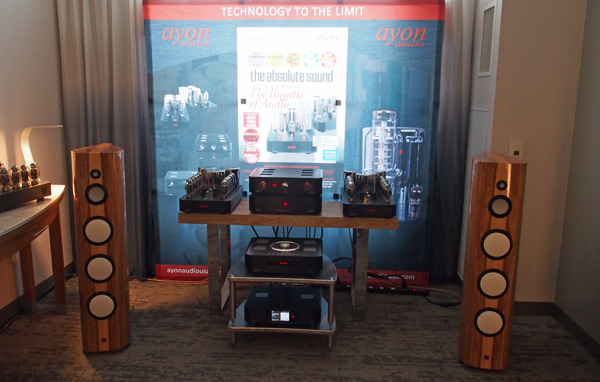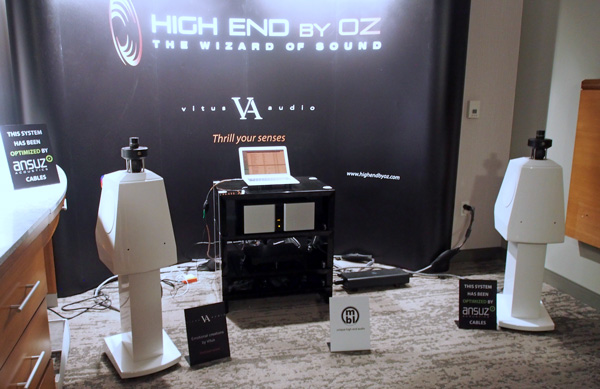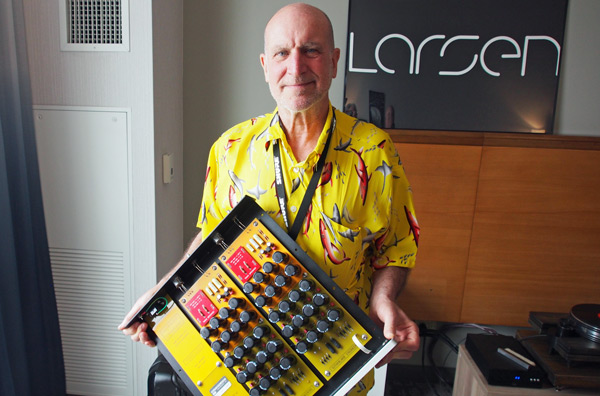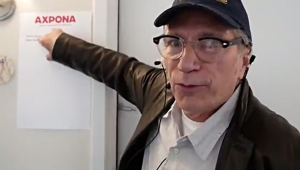| Columns Retired Columns & Blogs |
Thanks for the show report John.
The new magico’s we’re pretty nice, I agree.
The best sound of show was the Ayon Lumenwhite room. Amazingly natural and organic very engaging.
I didn’t hear any bass hump at all with the tracks that I heard.
JR
